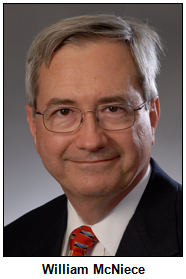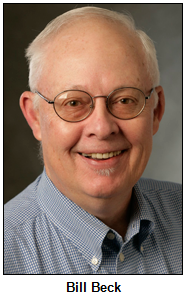Nov 2, 2020
Halloween festivities in 1918 were canceled in Indianapolis and other Hoosier cities because of the devastating influenza epidemic.
 That's
been noted during previous Hoosier History Live shows about the
infamous epidemic - which is more accurately called
a pandemic because the often fatal
strain of influenza in 1918 and 1919 spread around the
world.
That's
been noted during previous Hoosier History Live shows about the
infamous epidemic - which is more accurately called
a pandemic because the often fatal
strain of influenza in 1918 and 1919 spread around the
world.
Also during our previous shows on the topic - including a program that broadly explored Epidemics in Indiana history and an earlier show focused on the 1918 Influenza Epidemic in Indiana - medical historians discussed how the label "Spanish flu" mischaracterizes the 1918 health crisis. Our guests explained that contemporary experts point to sources other than Spain for the deadly influenza that caused havoc around the globe more than 100 years ago.
During our previous shows, we focused on the origins and the initial outbreaks in Indiana, leaving an unexpected and devastating "second wave" in 1918-19 mostly unexplored. So our distinguished medical historians, Dr. William McNiece and Bill Beck, will return for this show to share insights about additional aspects of the epidemic - which even included a "third wave" - as well as the eventual recovery.
 Dr. McNiece,
president of the Marion County Historical
Society, is an anesthesiologist at an Indianapolis
hospital. Bill Beck, founder of Lakeside Writers'
Group, is an author who has written dozens of
institutional history books, including histories of Indiana
hospitals.
Dr. McNiece,
president of the Marion County Historical
Society, is an anesthesiologist at an Indianapolis
hospital. Bill Beck, founder of Lakeside Writers'
Group, is an author who has written dozens of
institutional history books, including histories of Indiana
hospitals.
According to Bill Beck's research, factors that are thought to have contributed to subsequent waves of the historic epidemic include, in November 1918, the gatherings of thousands of Hoosiers cheering the end of World War I on Armistice Day (now known as Veterans Day).
The second wave, which began in September 1918, was far more deadly in the United States than the initial wave that occurred earlier in the year. The third wave ensued from November 1918 and persisted through February 1919. Even in March 1919, 70 residents of Muncie died of influenza, Bill Beck notes.
Our guests credit Dr. Herman Morgan, Marion County's top public health official for more than 30 years beginning in 1911, with saving lives by taking steps initially regarded as controversial. They included periodic mask orders, lockdowns and closing schools.
Throughout much of 1918, influenza was especially virulent in Army training facilities, including Fort Harrison in Indianapolis. Because the soldiers were living together in barracks, the spread of the flu was quick. According to Bill Beck, Camp Sherman in central Ohio - where many Hoosiers drafted during World War I were trained - registered the most deaths from influenza of any Army facility.
According to information from Dr. McNiece, 21 emergency hospitals were established across Indiana during the 1918-1919 epidemic.